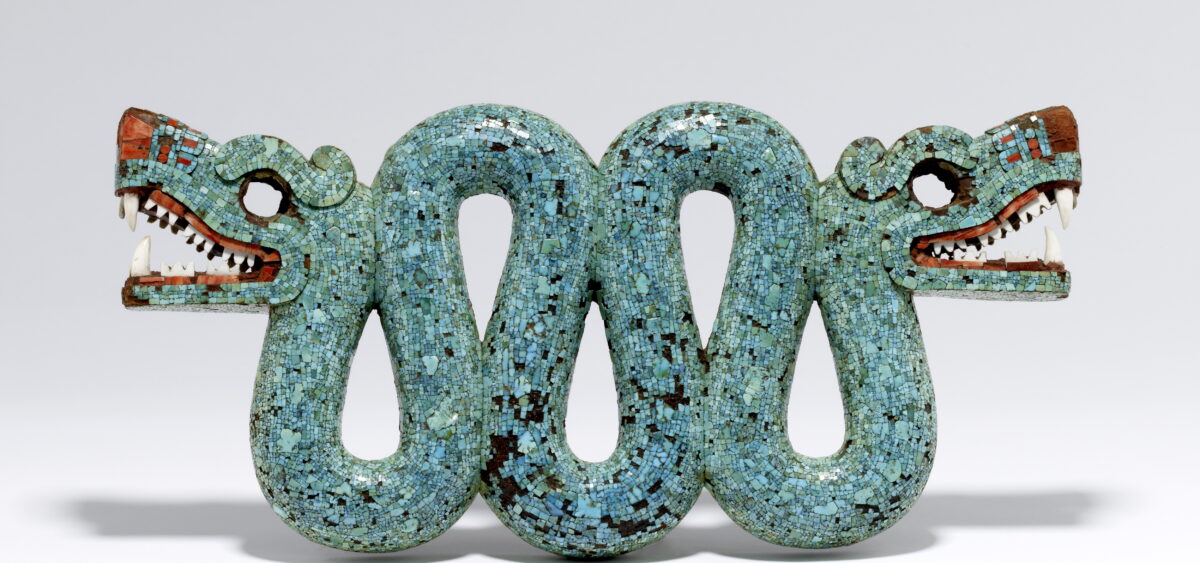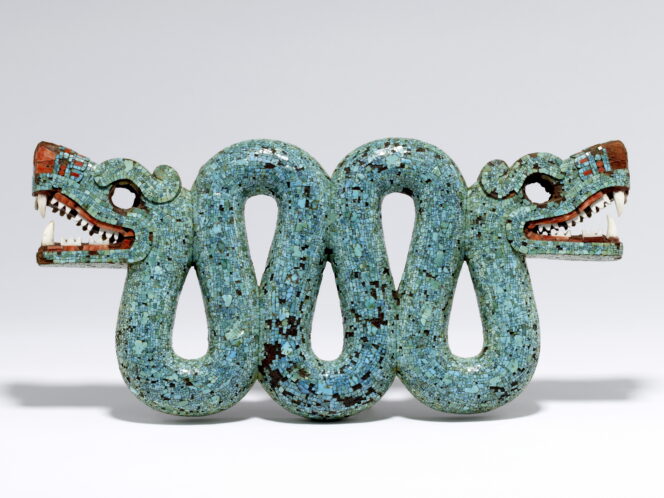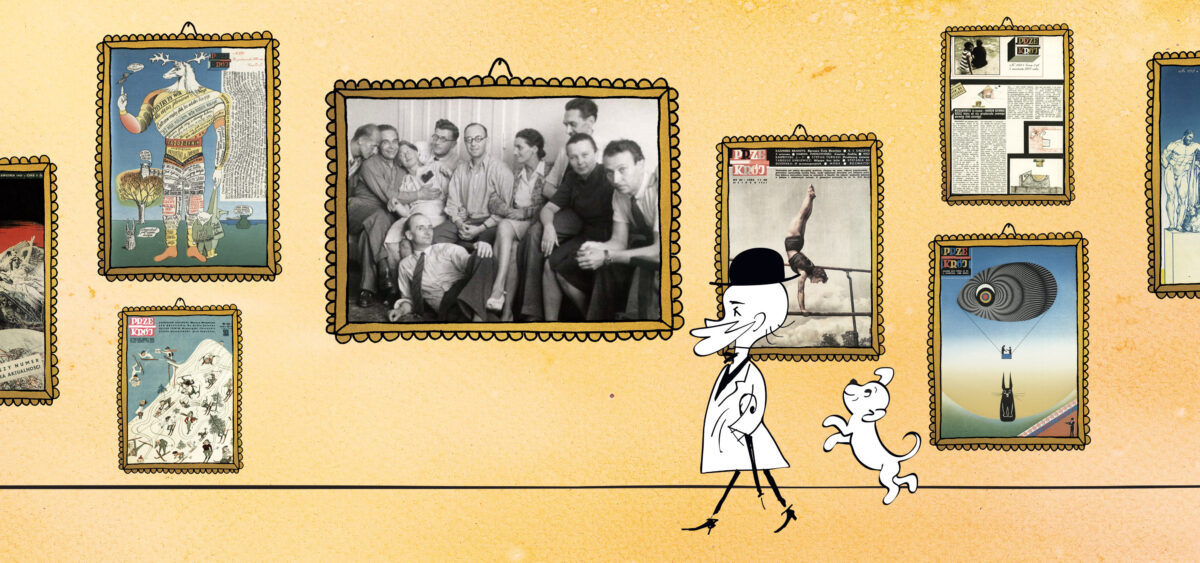
In Persia turquoise symbolized water and victory, in Mesoamerica it was associated with creative power, while the Egyptians called it mefkat, which meant “joy and delight.” It is a fitting term for turquoise: after all, its luminous color does evoke both of these feelings.
Turquoise appeared in Europe with the caravans of medieval merchants to whom it owes its name. It sounds similar in most modern European languages and derives from the French words pierre turquoise, meaning “turquoise stone.” However, the gem was a source of fascination in much earlier times. What became nothing more than an expensive, beautiful ornament for Europeans, carried a plethora of sophisticated meanings in other parts of the world.
From a geological point of view, turquoise is a relatively rare mineral, consisting of hydrated aluminum phosphate and copper, which is the source of its characteristic shades of green and blue. Variations in the proportions of these elements, as well as admixtures of other substances such as iron and oxides, affect its color and form. Therefore, it is simply impossible to determine the exact color of turquoise stones; some are greenish, some are bluish-green, and some, which are considered the most valuable, have an intense blue tint. They are usually opaque, although there also exist very rare, translucent specimens. Moreover, turquoise stones are fairly soft, which makes them easy to process. Unfortunately, they can fade over time. This explains the undersaturated colors of some ancient turquoise artifacts that have survived the whirlwind of history.
Miners and the Alphabet
It is difficult to say exactly when and where turquoise began to be extracted. An early extraction site may have been the Sinai Peninsula: locals mined the blue stones as early as 5000 BC. This is evidenced by pieces of high-quality turquoise found in tombs on the El-Qaa Plain, in the southwestern part of the peninsula.
A little later, in the Predynastic Period (4000 B








